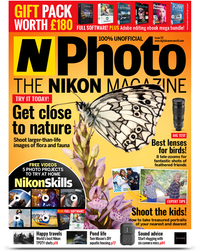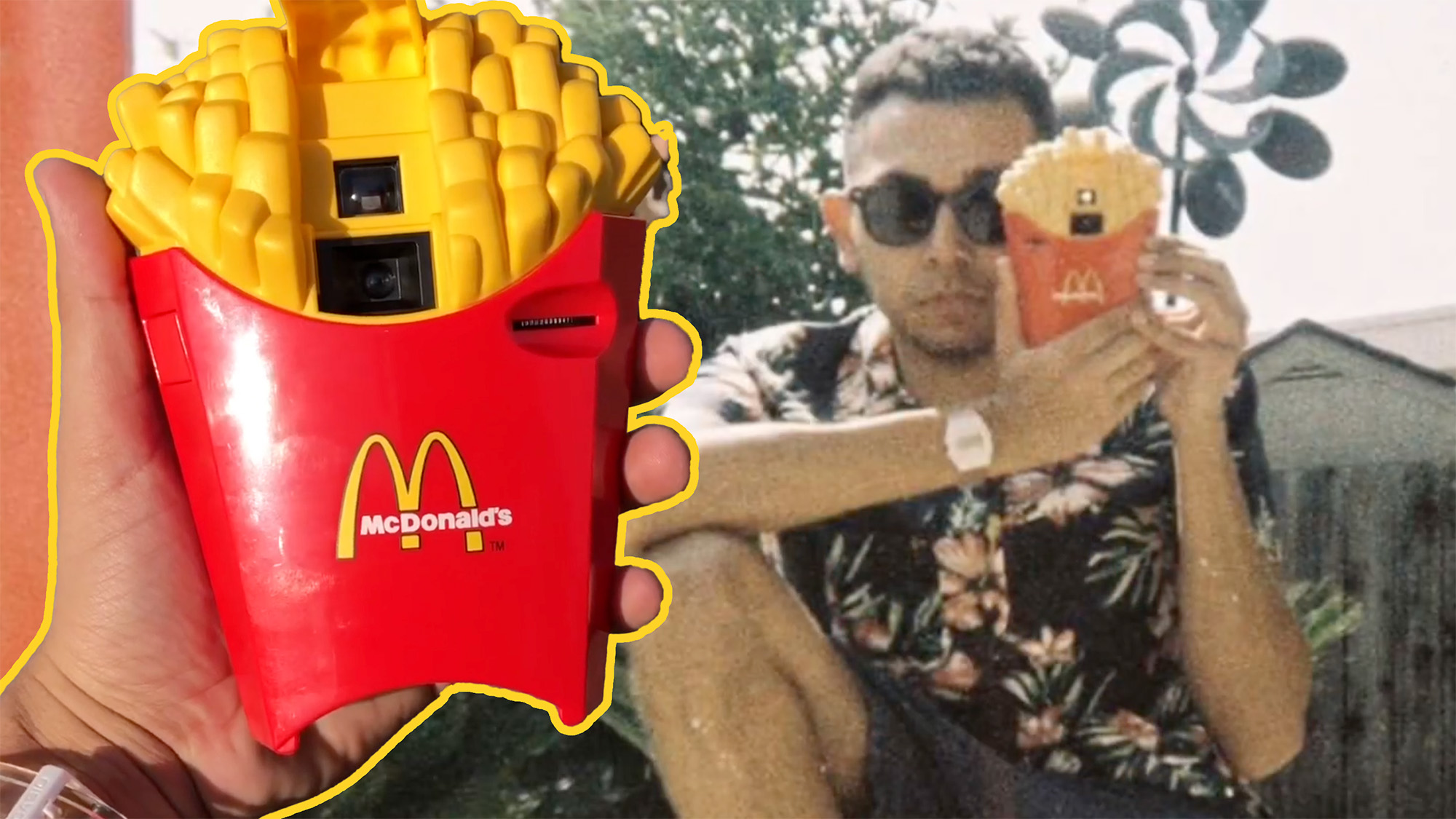How to capture perfect panning shots in motorsport photography
Perfect your panning technique to capture a real sense of speed, with tack-sharp subjects and speed-blurred backgrounds
• Watch the video: How to capture motorsport photography
Many of the best motorsport photos have one thing in common: a real sense of speed. We’re taught that fast shutter speeds will freeze moments of action, but how do you capture that sense of speed at the same time?
Motorsport shopping list
• Best telephoto lenses
• Best 150-600mm lenses
• Best camera for sports photography
• The best monopod
Fast shutter speeds are foolproof. At 1/3200 sec you can capture a crisp shot of a motorbike zooming round a circuit. But you’ll also freeze the background and wheels, removing any feeling of motion. For all the viewer knows, your subject is sitting stationary on a racetrack. To retain that sense of motion, you need to shoot at a much slower shutter speed. The problem is, this will blur the entire subject.
The answer is to sight and track your subject through the viewfinder, match its speed while engaging continuous focus and press the shutter when everything is adequately framed. This technique is called panning. Do it in one fluid movement and you’ll end up with spinning wheels and a tack-sharp subject surrounded by smooth lines of motion blur. Faster subjects and slower shutter speeds result in more motion, but the harder it is to keep the subject crisp.
1/320 sec is a good middle ground that provides decent motion blur and a high hit rate of sharp subjects, but feel free to experiment – faster shutter speeds will give you more sharp shots when you're just starting out, while slower shutter speeds can give an even greater sense of speed.
Read on and start panning today – you’ll be shooting super-slick shots of superbikes in no time at all!
How to capture perfect panning shots
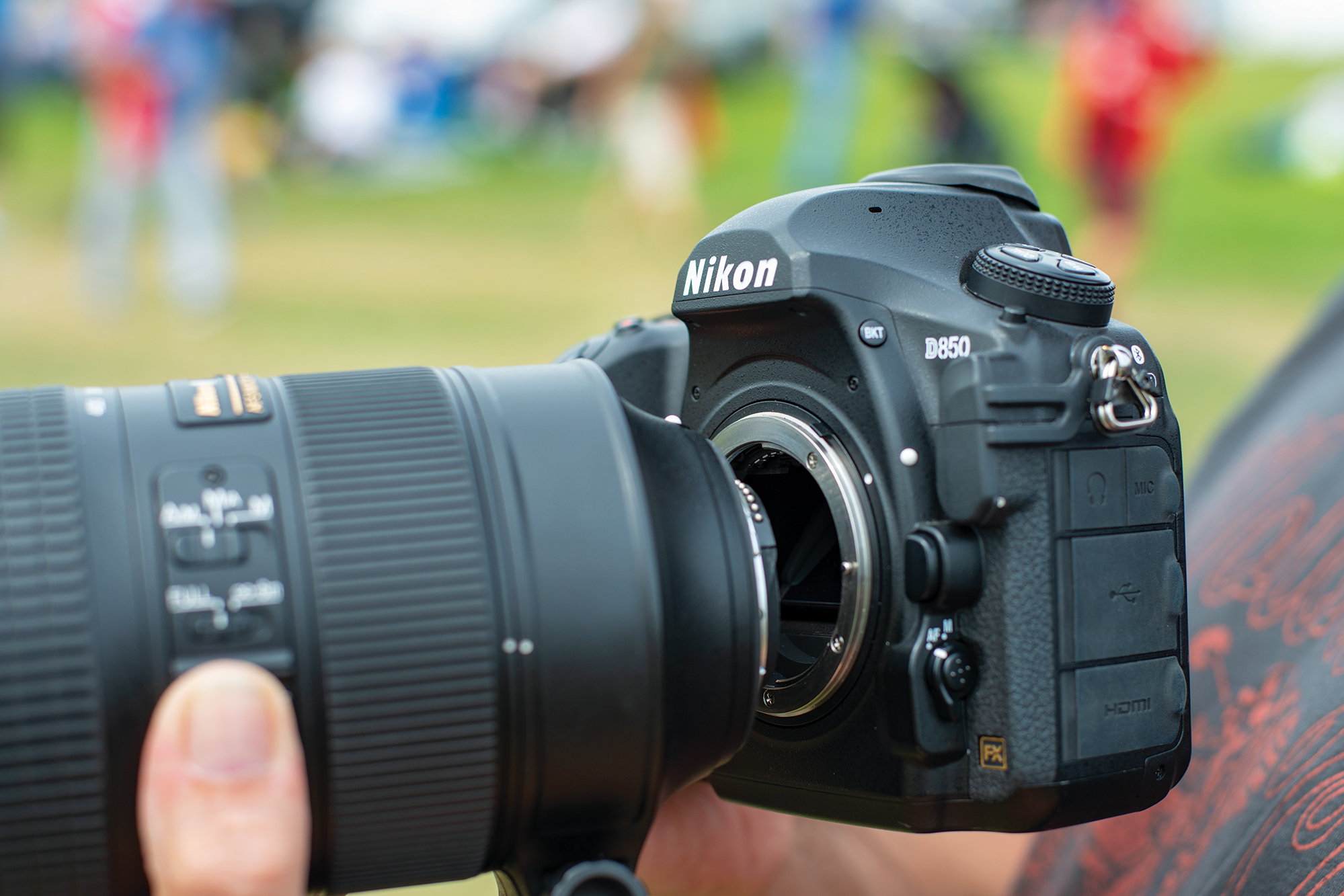
1. Go long
A lens with a large zoom range is best – the Nikon AF-S 80-400mm f/4.5-5.6G ED VR is an ideal choice. for Nikon owners, but there are equivalents in any camera range. This lens boasts enough reach when you’re positioned far from the track, but is still suitable when you can get a little bit closer to the action. Some of the circuits generally allow spectators to stand nearer to the track; you could happily shoot at the UK's Castle Combe Circuit with a 70-200mm lens, for example.

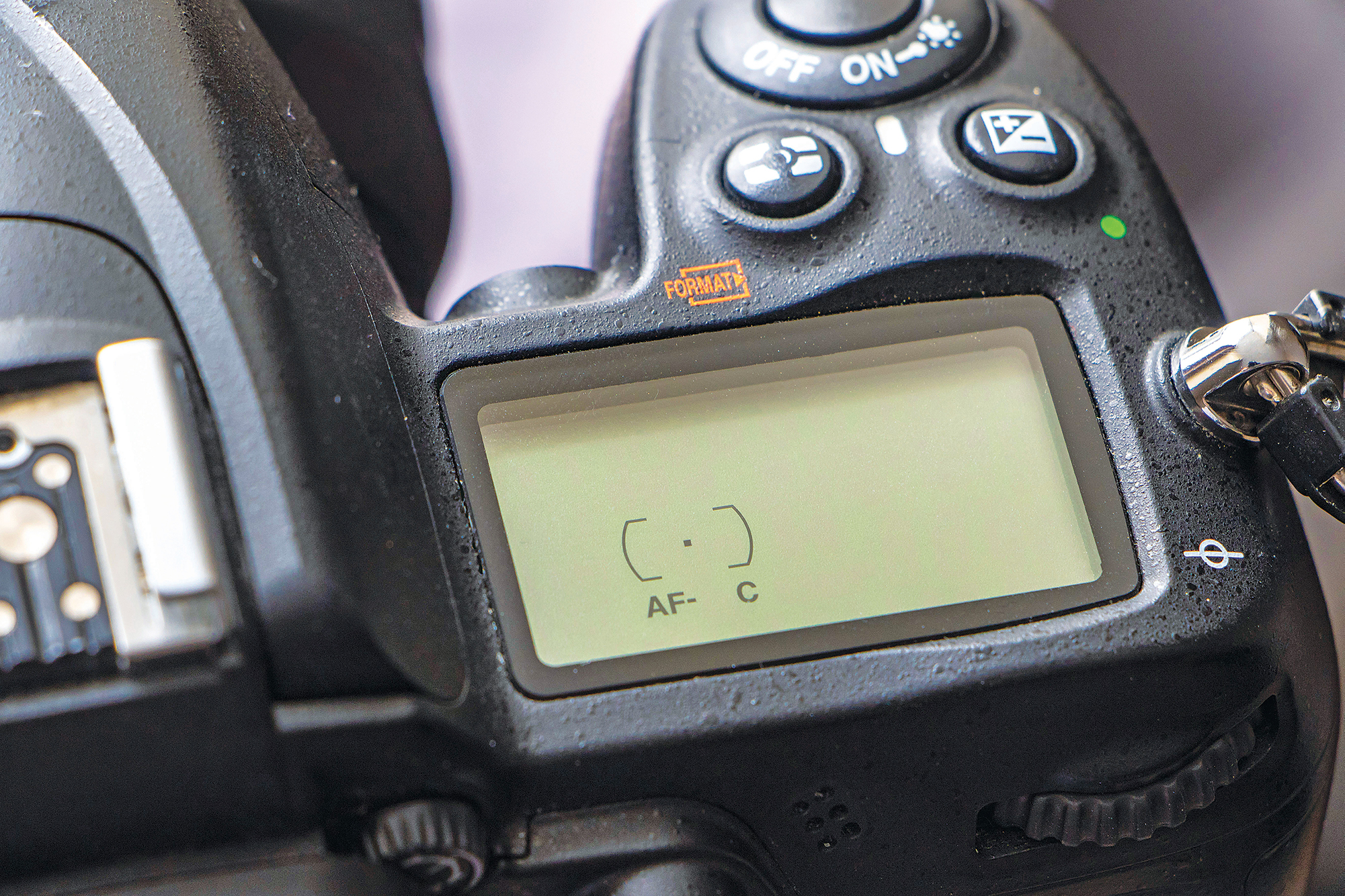
2. Switch to AF-C
Set your AF mode to AF-C and your AF Area Mode to Single Point AF. This will allow you to precisely target a rider’s helmet. If you’re struggling to find your focus, try using a ‘dynamic’ AF Area Mode on Nikon cameras, or an equivalent tighter zone area on other cameras. On Nikons, a cluster of AF points will appear, and the camera will identify the most suitable point to focus on.

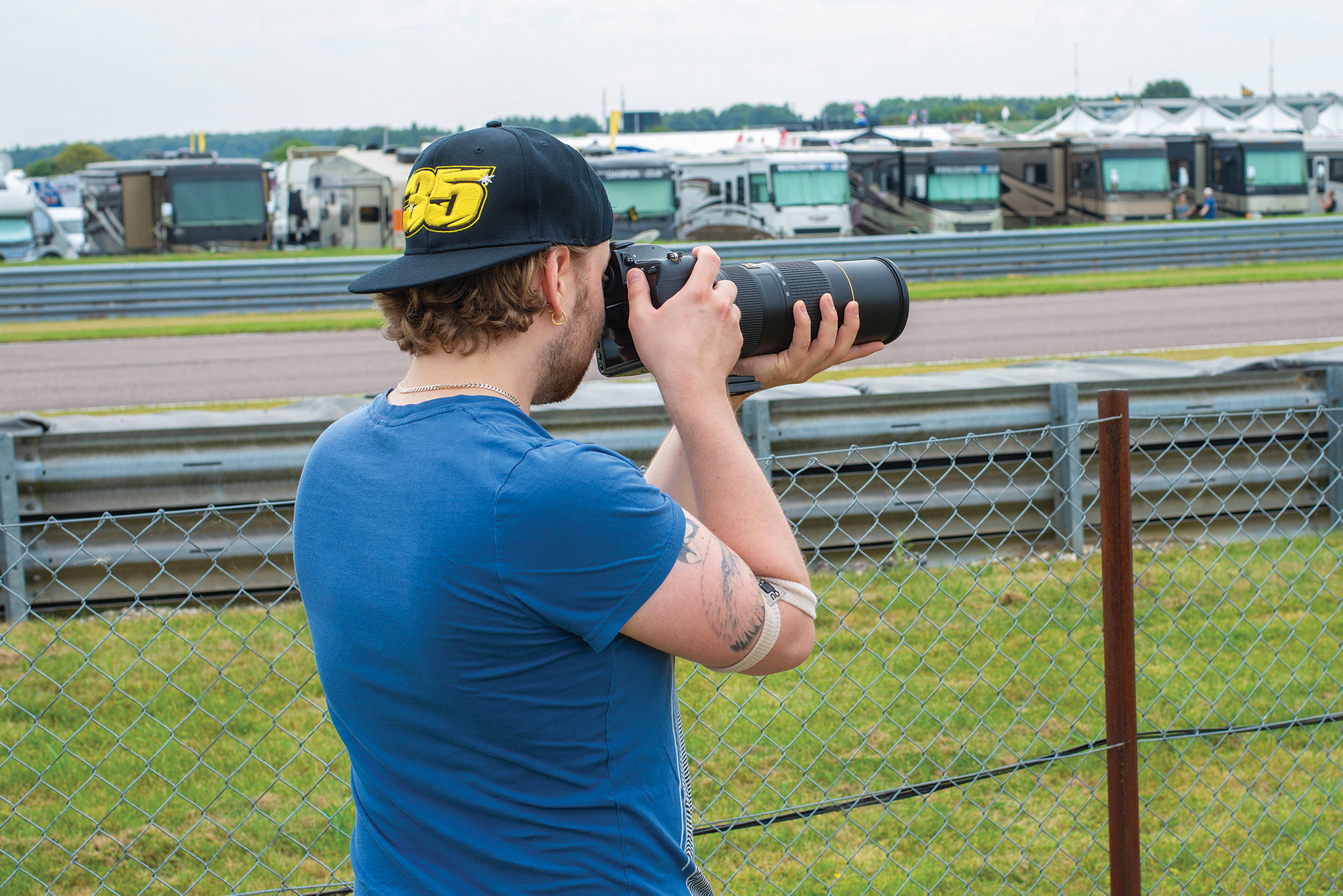
3. Set your stance
Panning is perhaps the most physical technique in photography. Plant your feet shoulder width apart and point them in the direction you intend to frame your subject. Now switch to Manual mode, look through the viewfinder and pretend to frame your shot to get an accurate meter reading.

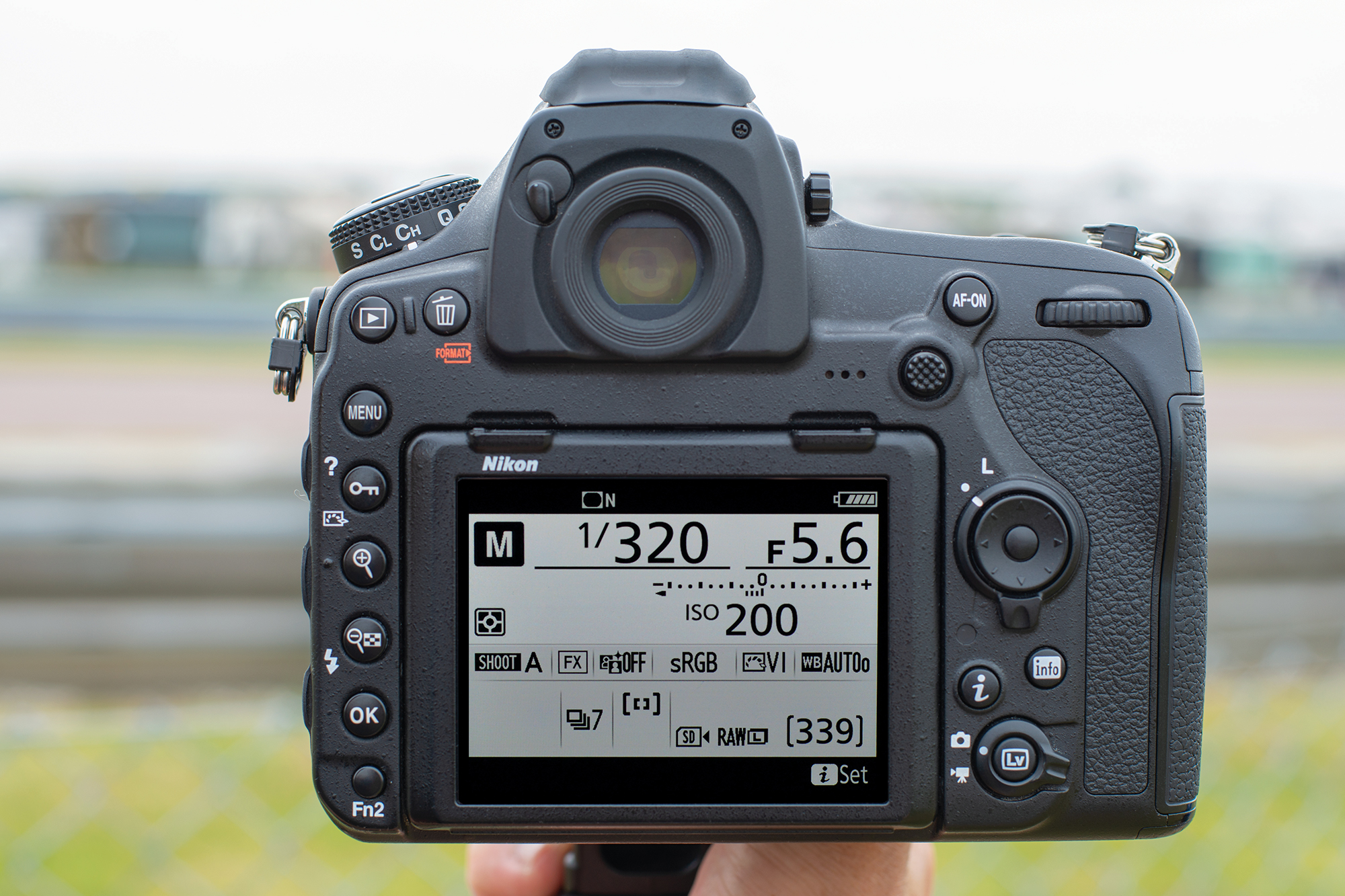
4. Camera settings
You shouldn’t need to push your ISO too high, unless you’re at a night race. Available apertures will depend on the speed of your lens, but anything between f/4 and f/8 will work well. Your shutter speed will depend on how much motion blur you want and how confident you are.

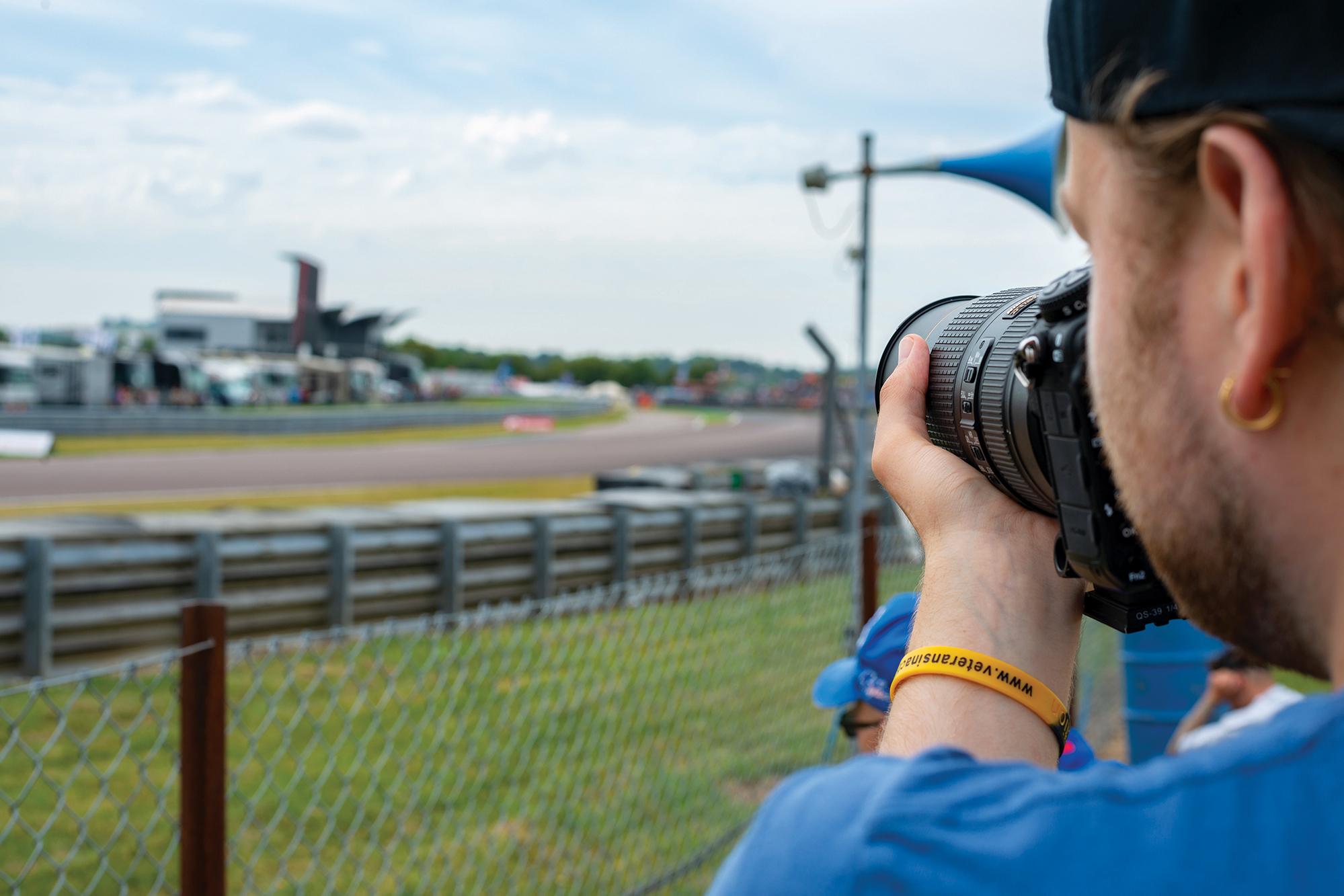
5. Increase your stability
Sight your target from afar (using the viewfinder) and track it as it moves towards the area you intend to take your shot. Support the barrel of your lens with your left hand and pivot only using your hips. Relax, refrain from gripping your camera tightly and slowly breath out. This will increase your chances of performing a smooth pan.

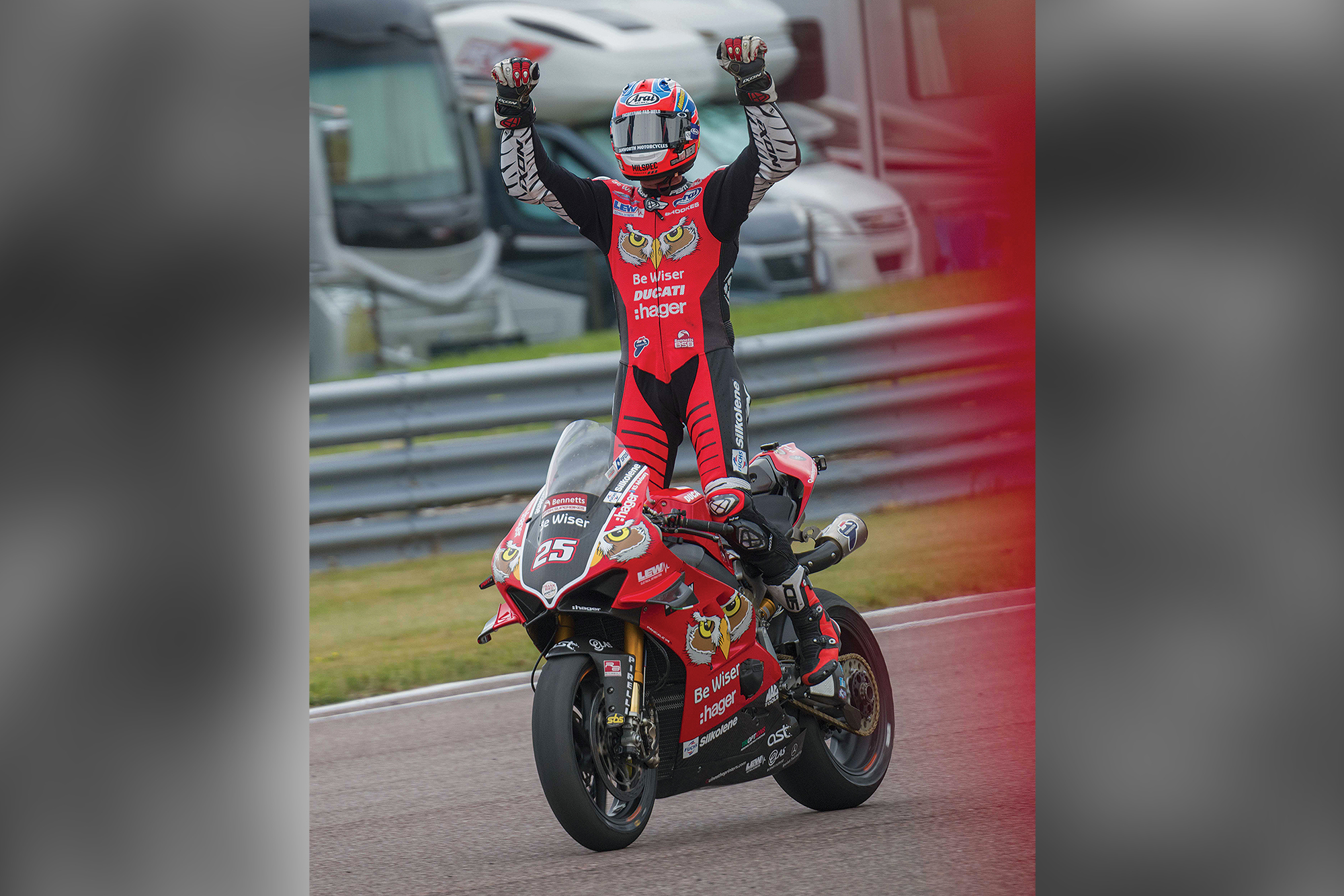
6. Headshot!
The focal point of a bike is the rider’s helmet. Many riders can be ID’d by their helmet’s custom design. This is the area you should be aiming at with your AF point – you may want to move your focal point to where you want the helmet to be before you sight your subject. Hover the AF point over the rider’s helmet as you track, and press the shutter button.
Subject ideas and shooting tips
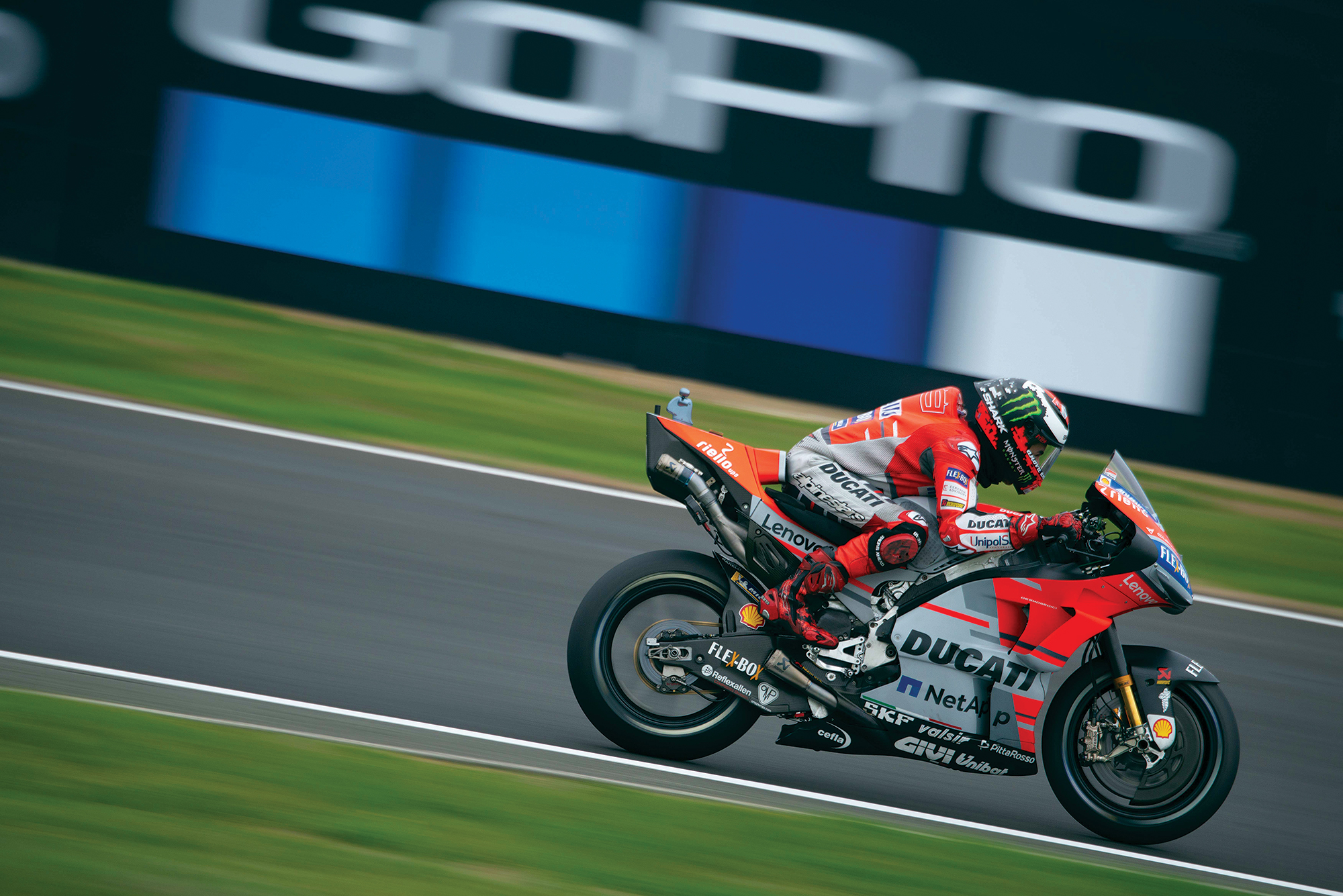
1. Frame it
This image was taken at the GoPro British Grand Prix. Shooting a MotoGP bike in front of a GoPro advert helped to place the image and also added a much-needed burst of colour.

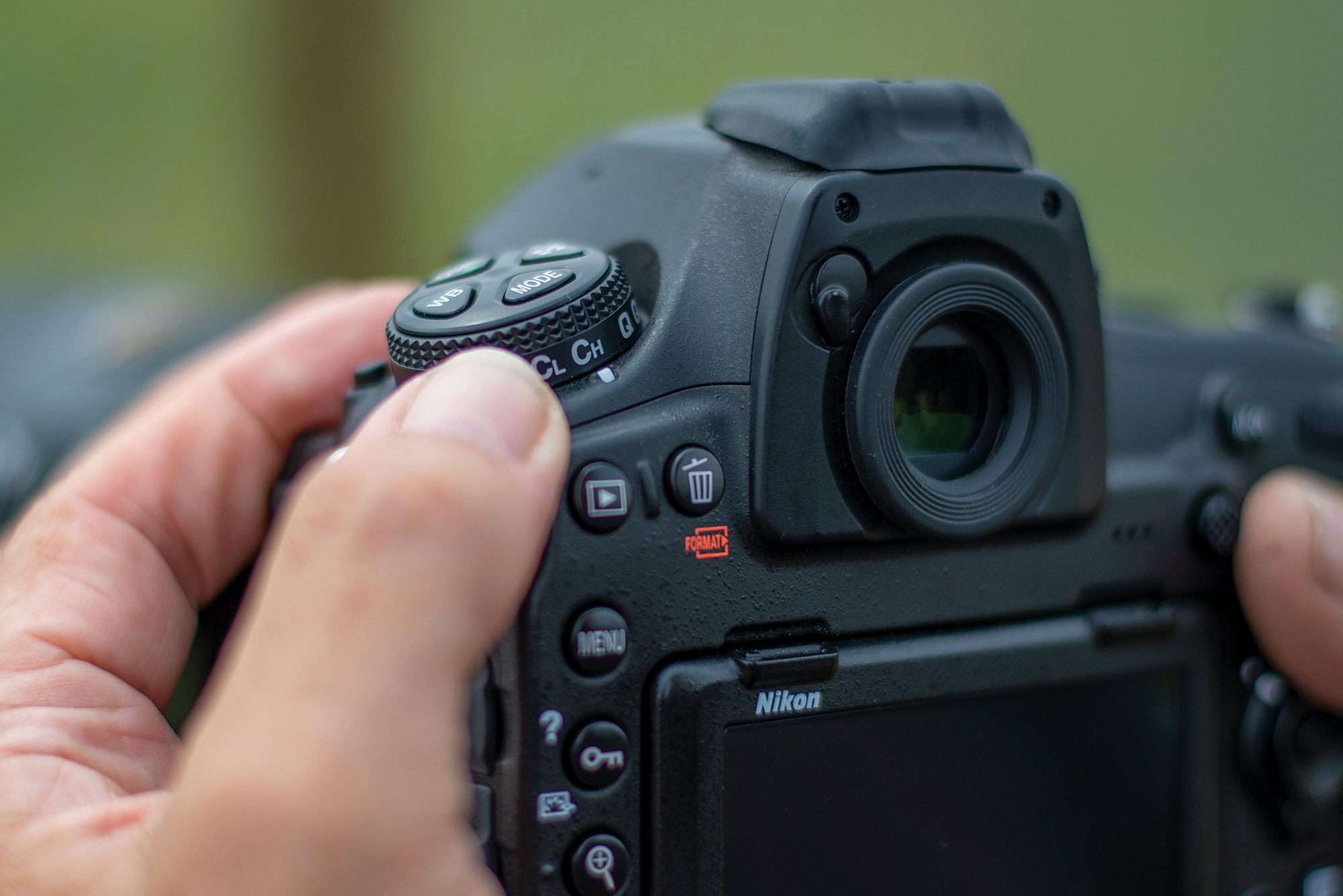
2. It’s all in the detail
Look for details to add interest to your frame and liven up boring sections of track. Perhaps you’re shooting a red and white bike, and decide to make a feature of the red and white kerb? Maybe you’re shooting opposite a grandstand and want to include the colourful crowd? Such precise framing is hard to get right, but using your camera's continuous shooting (burst) mode may help.

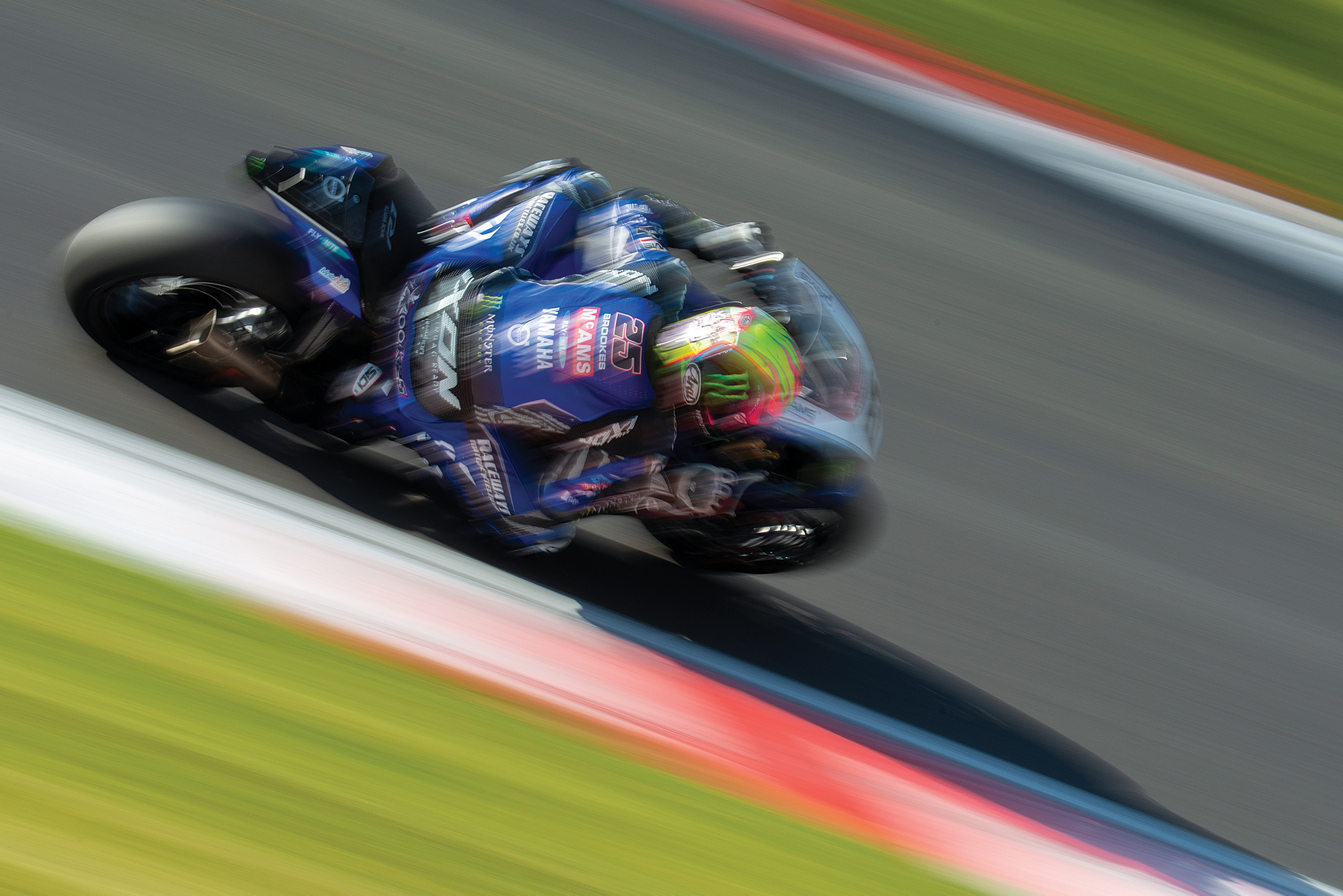
3. Slow and steady
Motorbike racing is bursting with great subjects due to the many colourful bike liveries, leathers and helmets. If you’re blessed with a relatively bright day, conditions are ripe for shooting some vibrant abstract photos. To get the slower shutter speeds needed for panning effects, you’ll probably need to use narrower apertures to let in less light.

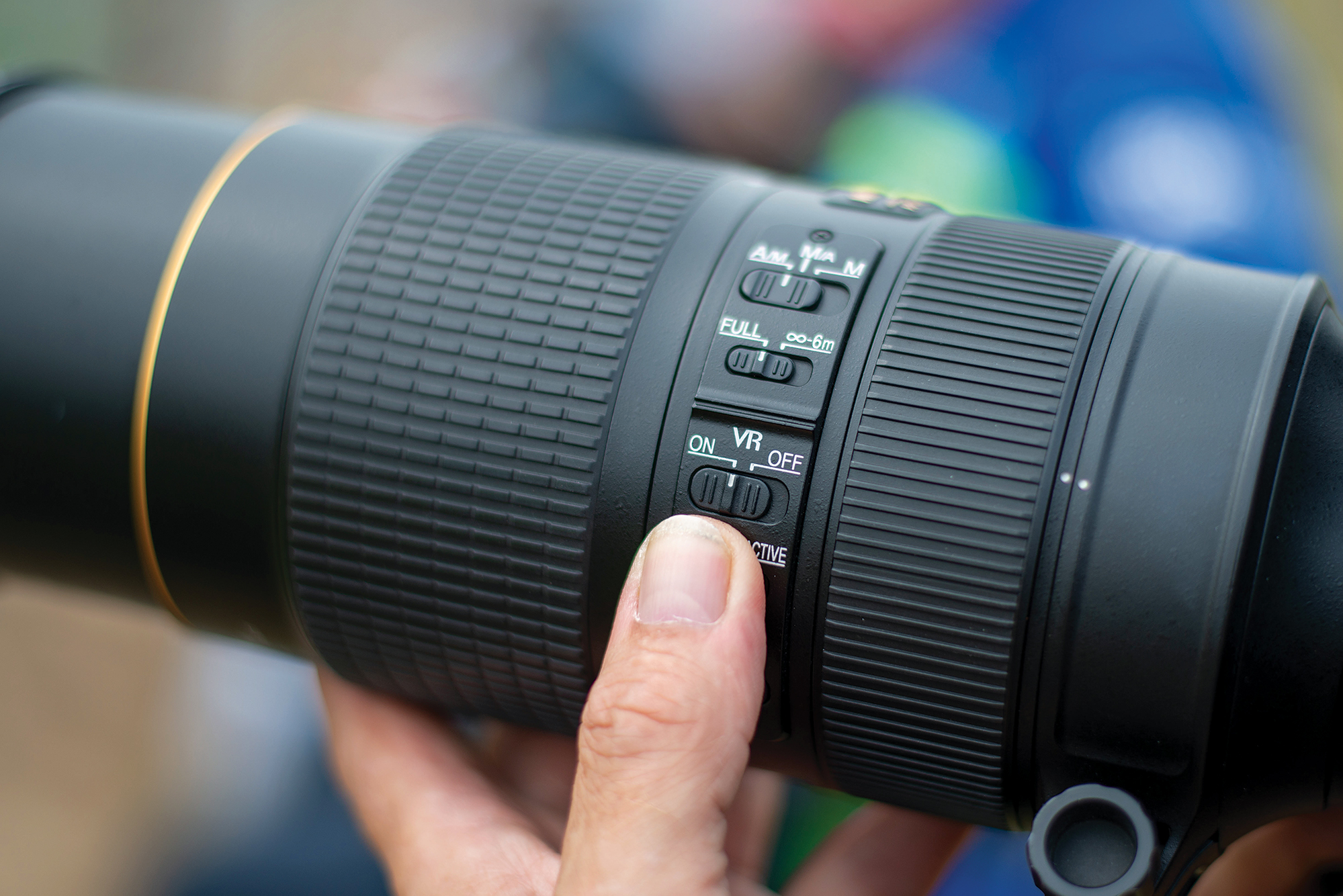
4. Image stabilization
Image stabilization should always be turned on (if you have it) and this is particularly true when using super-slow shutter speeds, such as 1/15 sec or slower! Some lenses even have dedicated 'panning' modes, but many have stabilization systems that can recognize panning movements automatically.

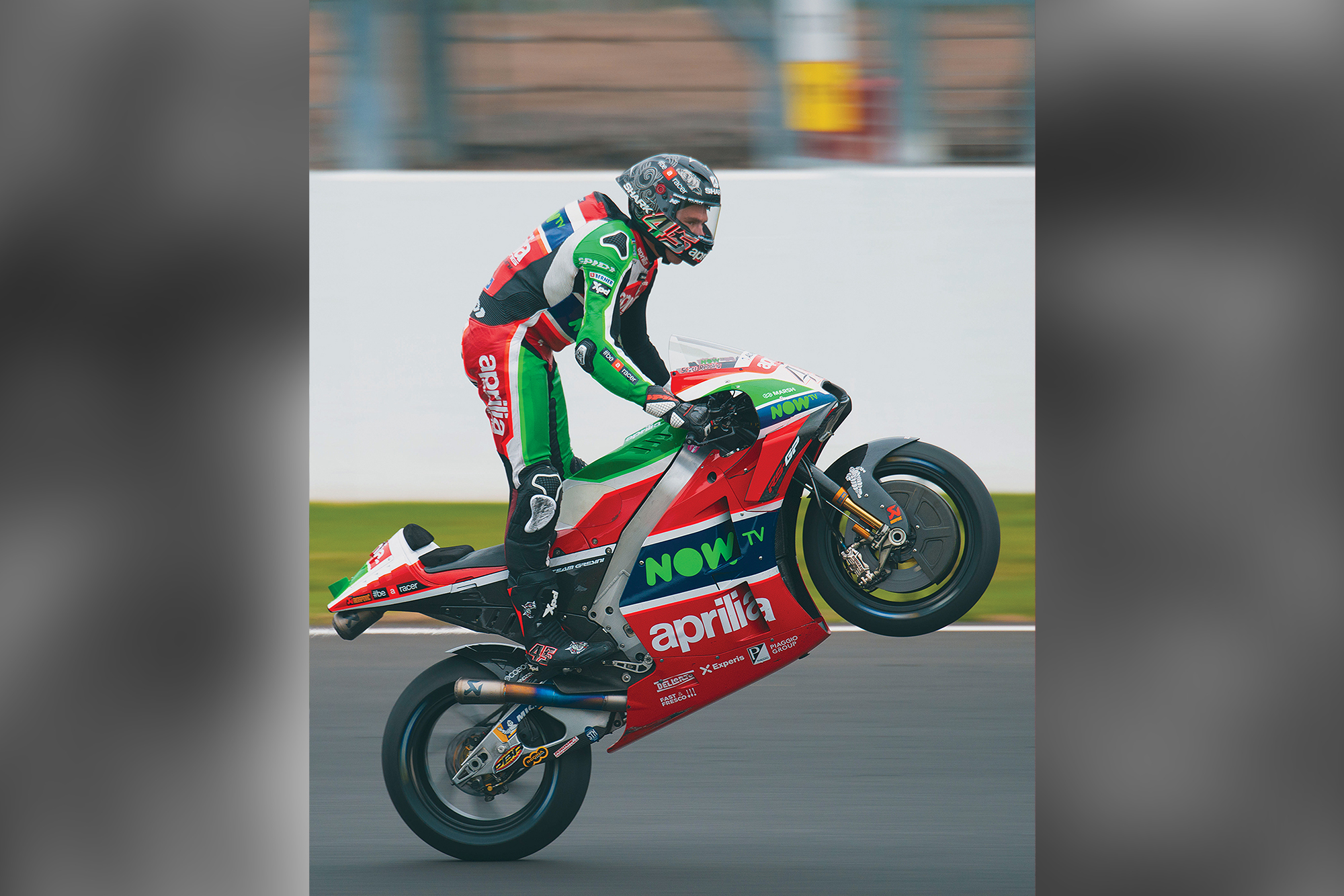
5. Wait for a wheelie
A good wheelie is the shot every photographer is hoping to take home, but you might only get two or three chances to capture one. The trick is anticipating when they might occur and dialling in your settings ahead of time.

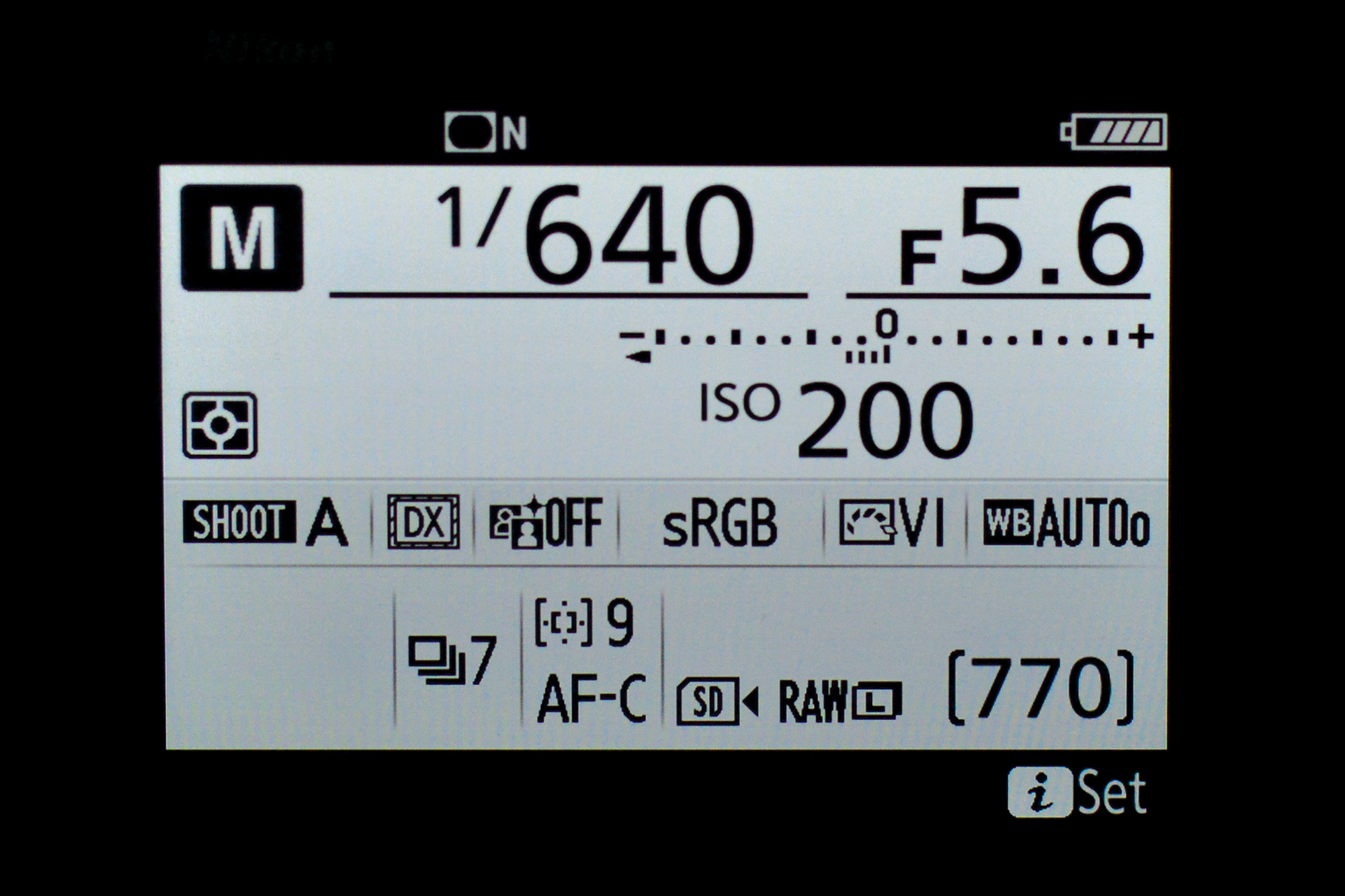
6. Camera settings
There’s no shame in using a faster shutter speed, such as 1/640 sec, when shooting wheelies. Yes, the motion blur won’t look as good, but such moments are interesting enough that capturing a sharp subject will suffice. Wheelies are likely to happen at the beginning or end of a session and are prevalent during test days. The pit lane exit on some tracks is a prime spot – make sure you’re positioned on a straight; nobody’s going round a corner on one wheel!
Look to shoot from areas that are heavily populated with photographers too. Riders like having their picture taken and have no problem showing off when they know they’re in front of the camera.

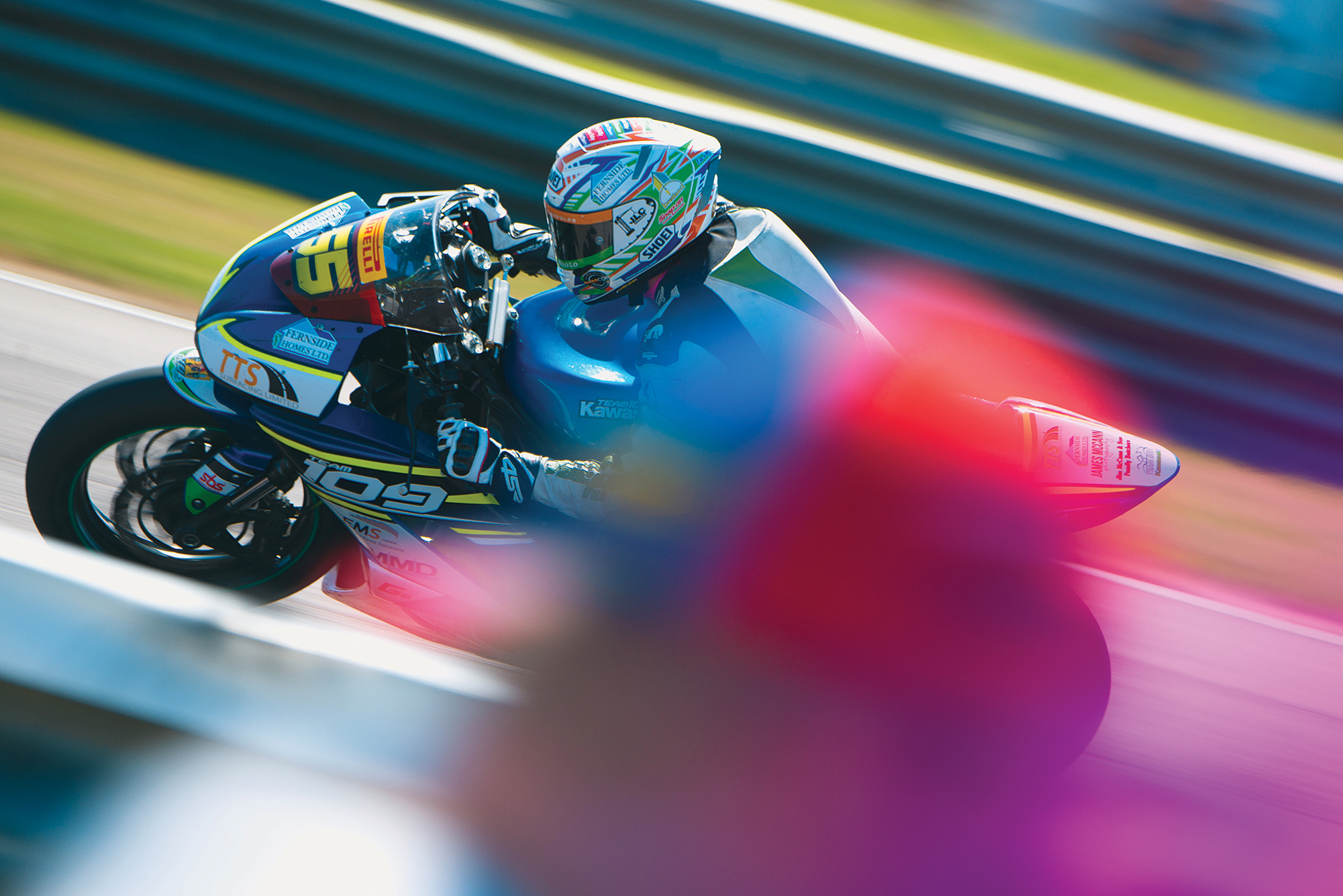
7. Capture crowds
Racetracks are busy places, especially if you’re shooting on race day. If you don't have the luxury of a press pass, you’ll need to work alongside spectators and other photographers. You can usually find an unobstructed spot, but try using a busy crowd to your advantage.

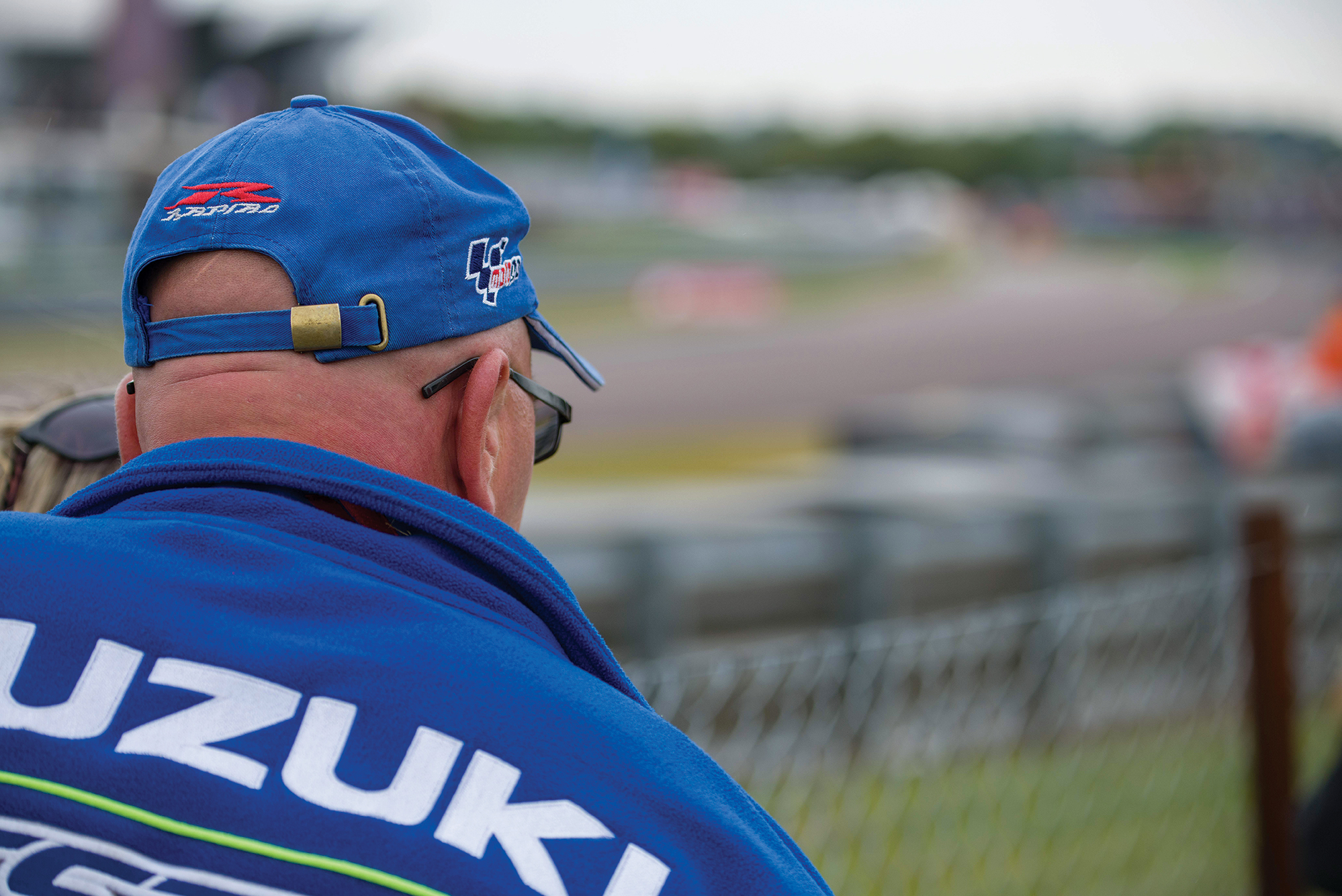
8. Frame a fan
Many fans wear the colours of their favourite team. These vibrant items of clothing can be used to brighten a drab frame and add foreground interest. Shots of this nature are difficult to land – the AF system will lose the subject as you pan through crowd members. The technique is exactly the same though, so don’t be disheartened if it takes a while to bag the shot.
N-Photo: The Nikon Magazine is a monthly publication that's entirely dedicated to Nikon users. For the best news, reviews, projects and more, subscribe to N-Photo today!
Read more:
Best telephoto lenses
Best camera for sports photography
The best monopod
Get the Digital Camera World Newsletter
The best camera deals, reviews, product advice, and unmissable photography news, direct to your inbox!

Mike is Digital Camera World's How To Editor. He has over a decade of experience, writing for some of the biggest specialist publications including Digital Camera, Digital Photographer and PhotoPlus: The Canon Magazine. Prior to DCW, Mike was Deputy Editor of N-Photo: The Nikon Magazine and Production Editor at Wex Photo Video, where he sharpened his skills in both the stills and videography spheres. While he's an avid motorsport photographer, his skills extend to every genre of photography – making him one of Digital Camera World's top tutors for techniques on cameras, lenses, tripods, filters and other imaging equipment – as well as sharing his expertise on shooting everything from portraits and landscapes to abstracts and architecture to wildlife and, yes, fast things going around race tracks...
